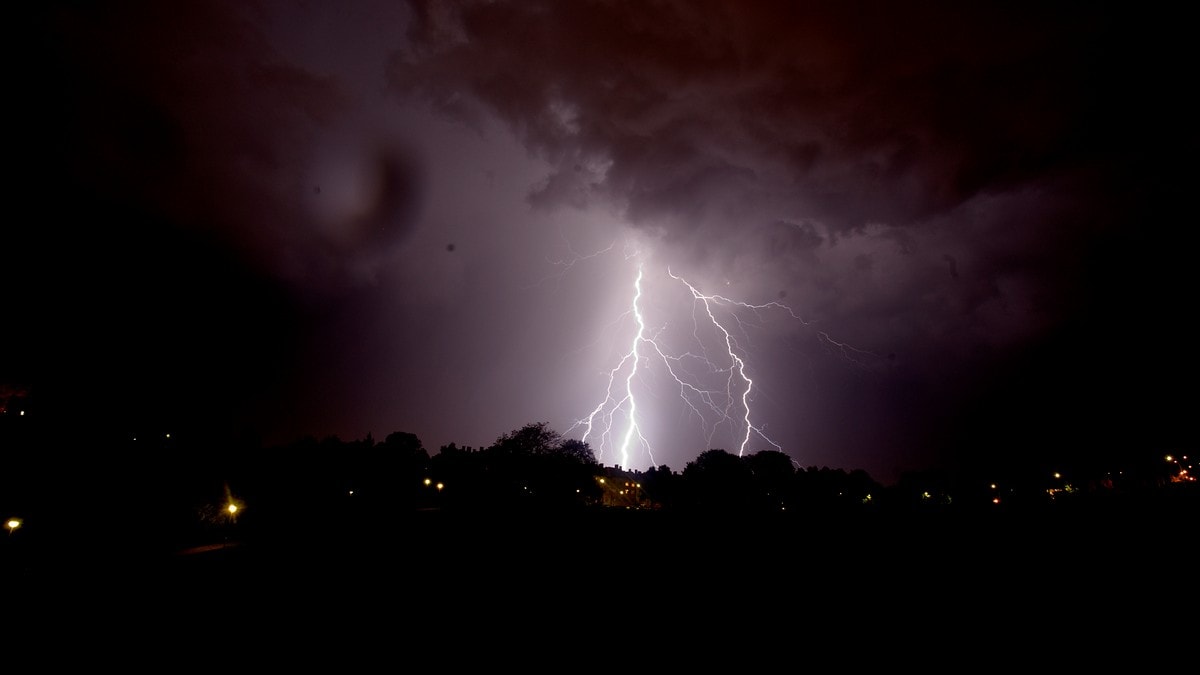The study, carried out in a mouse model and published in the journal ‘Cancer Research’, shows that the absence of the SNAI2 gene in the tumor stroma makes it more difficult to activate and performs its function worse, which translates into a greater difficulty for the tumor to grow.
Overall, tumor cells develop and grow surrounded by other non-tumor cells that form the tumor stroma (especially fibroblasts and, to a lesser extent, different types of leukocytes and blood vessels).
The function of the stroma, when it is activated and its functional capacity increases, is to generate new blood vessels that allow nutrients and oxygen to reach the tumor cells for their growth; in this way, the tumor grows and progresses. Activated stroma is not specific to cancer, but is the mechanism for growth of all normal tissue, as in wound healing.
In this work, the researchers show that, if this stroma is subjected to functional stress (that is, it is asked to further increase its function), which is achieved by increasing the oncogenic activity of tumor cells, then it is observed a defect in tumor metastasis.
“Certainly, SNAI2 had previously been associated with tumor spread when it is active in the tumor cells themselves, but this work shows that stromal insufficiency due to the loss of SNAI2 is also associated with a defect in tumor spread. All These results suggest that the inhibition of SNAI2 in the stroma could be a useful therapeutic target for the treatment of breast cancer, “says Jesús Pérez Losada, CSIC researcher at the Cancer Research Center (IBMCC-CSIC-USAL) and one of the study authors.
POOR PROGNOSIS IN LUMINAL B HER2 POSITIVE BREAST CANCER
The study also shows that the increased expression of SNAI2 in the stroma of tumors of patients with breast cancer is associated with a poor prognosis in a subgroup of them, specifically, in carriers of luminal B tumors (they express the pattern of luminal B genes) that are both HER2 positive (express epidermal growth factor receptor 2).
“Patients who carry breast tumors that are both luminal B and HER2 positive can be divided into two groups, according to the degree of expression of the SNAI2 protein in the tumor stroma. Thus, patients who carry tumors with high levels of SNAI2 in the stroma are associated with a worse evolution of the disease. This does not mean that the overexpression of SNAI2 in the stroma is not participating in the growth of other subtypes of breast cancer, but that the prognosis and evolution of the carriers of this tumor subtype, luminal B and HER2 positive, it is worse at the clinical level “, emphasizes Sonia Castillo Lluva, from the Complutense University of Madrid.
Researchers from the San Carlos Institute of Health Research in Madrid, the Faculty of Medicine of the University of Salamanca (Department of Surgery), the Bioinformatics group of the IBMCC and the Oncology and Pathological Anatomy Services of the Hospital have also participated in the work. University of Salamanca (IBSAL), the Juntendo University of Tokyo (Japan) and the Maine Medical Center Research Institute (United States).
– .


